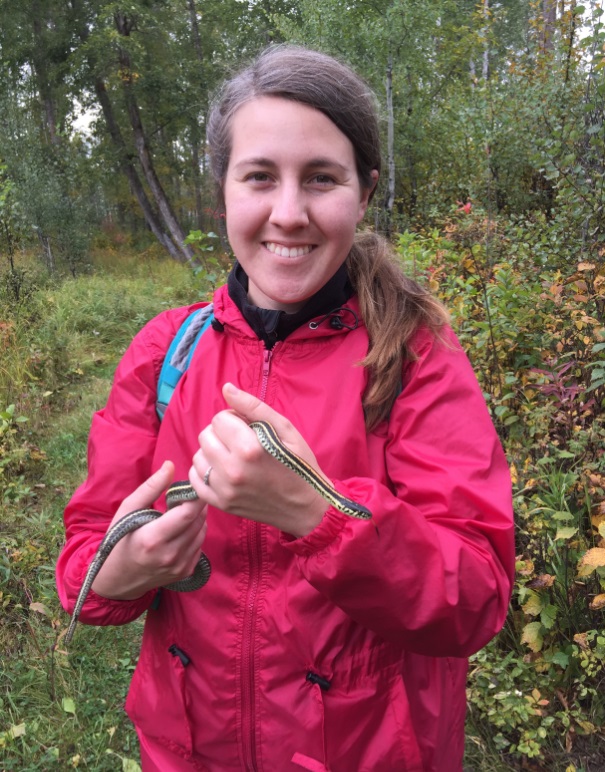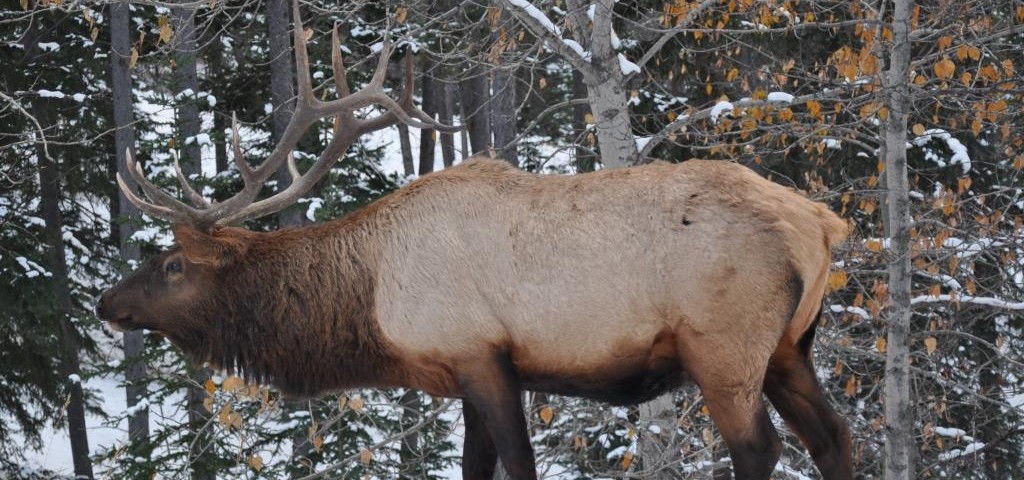Estimating Ungulate Abundance in Elk Island National Park Using Camera Traps
Many studies on ungulate distributions have focused primarily on nutrition and response to predation. Interspecific interactions between ungulate species should be considered as well, especially in areas where predators have been effectively removed, releasing top-down controls on ungulate populations. Some studies have investigated the influence of interspecific mechanisms on ungulate distributions, but there is more to be learned at finer spatial scales. We propose a camera trap project to evaluate how variability in density across the landscape for multiple ungulate species influences habitat selection and distribution patterns. This study will take place in Elk Island National Park (EINP) and Cooking Lake-Blackfoot Provincial Recreation Area (Blackfoot PRA). Elk Island National Park is home to plains bison (Bison bison), wood bison (Bison bison athabascae), mule deer (Odocoileus hemionus), white-tailed deer (O. virginianus), elk (Cervus elaphus), and moose (Alces alces). Blackfoot PRA is another enclosed natural area with similar habitats as in EINP, but with different management strategies and no bison. I will use methods designed for unmarked species to evaluate the interactions between landscape characteristics and ungulate density as well as interspecific spatial and temporal overlap.

Contact Information: foca@ualberta.ca
